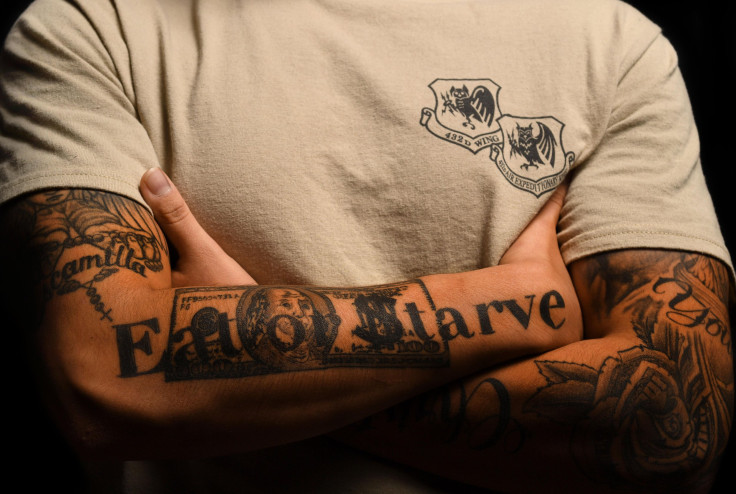Copyrighting Tattoos: Lawsuit Against NBA 2K Creator Over Player Depictions

A United States district court case may have major implications for copyright law as the court will issue a ruling that will determine if tattoos inked on a person’s body can be placed under copyright protections by the artists.
The U.S. District Court for the Southern District of New York will hear a case later this year in which a group of tattoo artists are suing a video game company for depicting tattoos in games featuring athletes.
Solid Oak Sketches, a small collective that represents a number of tattoo artists, is suing Take-Two Interactive, the maker of the popular basketball video game franchise NBA 2K , over the company’s inclusion of tattoos inked by their artists on NBA players.
At the heart of the dispute is a question as to whether the human body qualifies as a canvas that is still protected by copyright. Under U.S. copyright law, original works of authorship is protected as long as it is done on a medium that is "is sufficiently permanent or stable to permit it to be perceived, reproduced, or otherwise communicated for a period of more than transitory duration."

According to Solid Oak Sketches, skin should be considered a fixed medium. "The copyrighted tattoo designs are imprinted permanently upon the skin of humans, clearly stable and able to be perceived for much more than a transitory duration," the group argued in its lawsuit filed against Take-Two Interaction.
Unsurprisingly, the video game maker disagrees—not necessarily that human skin isn’t a fixed medium, but that the tattoos should fall under fair use. Anything else, the company argues, puts an undue burden on athletes any any party depicting them.
“In essence, Solid Oak argues that these public figures must seek its permission every time they appear in public, film, or photographs and that those that create new works depicting the players as they actually appear (with their Tattoos) should be enjoined and pay damages to Solid Oak,” Take-Two said.
The game maker also called the lawsuit from Solid Oak Sketches an attempt to "to hinder the ability to depict people as they appear in real life,” and said the tattoo representative “is not an aggrieved artist—it is an opportunist."
Take-Two’s fair use claim isn’t a guaranteed defense; while fair use is included in copyright law in the U.S., it is determined on a case-by-case basis and, according to the U.S. Copyright Office, “will not always be clear or easily defined.”
Judges must consider four primary factors when ruling on fair use cases, including the purpose and character of the use, the nature of the copyrighted work, the amount and substantiality of the portion taken and the effect of the use upon the potential market.
Thus far no court has issued an official ruling on such a case, though a number have been raised in the past. In 2013, game maker THQ was sued by a tattoo artist over the appearance of one of his tattoos on a UFC fighter who appeared in the company’s game. The parties settled out of court and the tattoo was removed from the game.
© Copyright IBTimes 2024. All rights reserved.





















